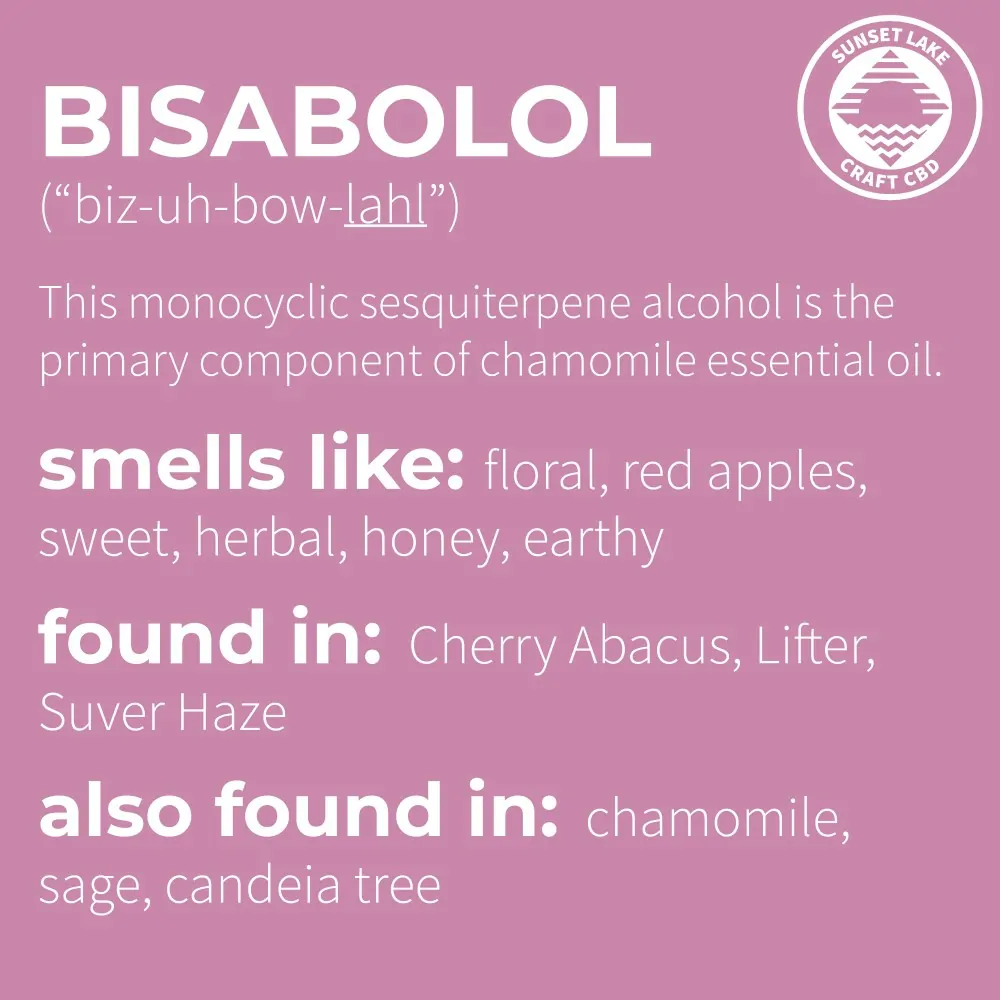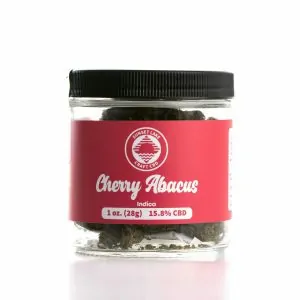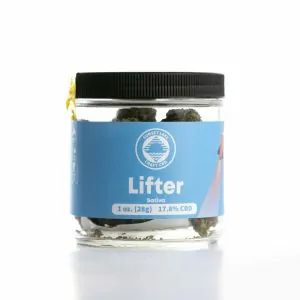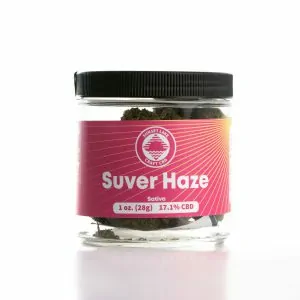No products in the cart.
Terpene Spotlight: Bisabolol
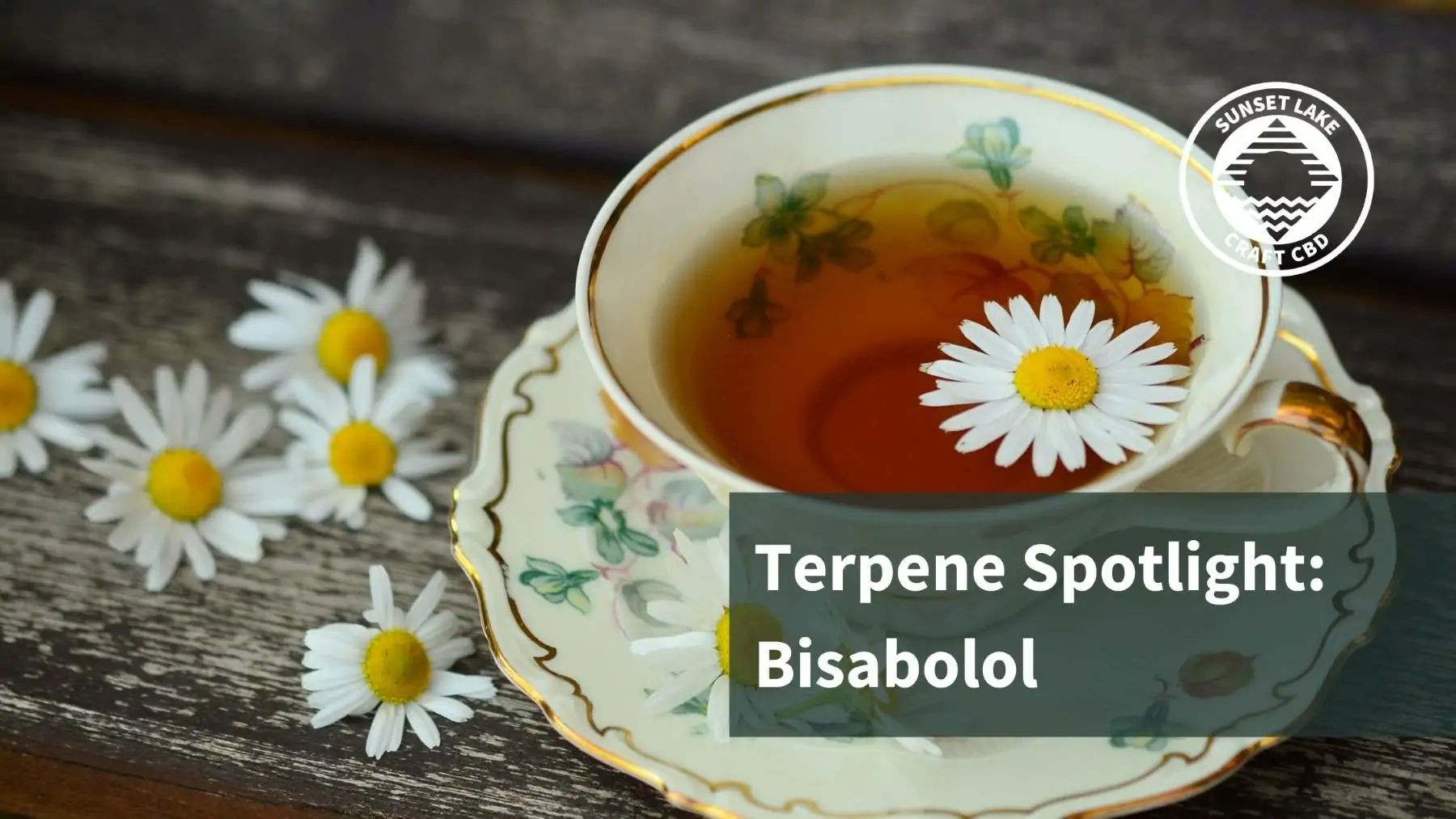
Buckle up cannabinoids, there’s a new wunderkind taking the world of organic cannabis compounds by storm. Terpenes, once thought to be primarily aromatic compounds, are now being studied and isolated to study their potential health benefits. One such terpene, thought to have huge cosmetic and anti-inflammatory potential is called bisabolol.
In this post, we’ll cover,
- What bisabolol is
- Where you can find it in nature
- And, bisabolol’s potential health benefits
What Are Terpenes?
Terpenes are a diverse group of organic compounds produced by a wide variety of fruits, plants, flowers, herbs, and even some animals (like us humans!) They are primarily responsible for a plant’s aroma but also play a crucial role in a plant’s self-defense system.1 Terpenes can deter certain pests and herbivores by making the plant taste bitter or bad, while at the same time using scent to attract beneficial pollinators.
The cosmetic and food industries highly prize terpenes for their aroma and taste. You can more than likely find products that contain terpenes in your house right now.
- Citrus fruits contain limonene
- Hops used to brew beer contain humulene
- Mangos and their skin contain myrcene
While we’ve been using terpenes for some time, we are just now finding out about their potential health benefits which we’ll touch on later in this post.
What Is Bisabolol?
Bisabolol, also known as alpha-bisabolol is a monocyclic sesquiterpene alcohol known for its light, sweet, and floral scent. You’ve likely smelled and tasted this terpene if you’ve ever made yourself a nice cup of chamomile tea.
You can also find bisabolol in various other plants like sage, candeia tree, and of course hemp flower. When isolated from other terpenes, bisabolol’s scent has been likened to red apples, sugar, and honey.
Fun Fact: Bisabolol comes in two different structural forms called isomers. Alpha-bisabolol, the subject of this post, and beta-bisabolol which is typically found in cotton and corn and has a slightly more citrus scent than its alpha cousin.
What Is Bisabolol Used For?
Bisabolol is often used as a fragrance ingredient in perfumes and other cosmetics due to its naturally light and sweet aroma. Many skincare companies also include bisabolol as an ingredient in many lotions and repairing products because of its skin-soothing properties.
What We Might Use It For…
Because terpenes have recently taken center stage in cannabis and health science, some studies into bisabolol have yielded some interesting results. For one, researchers believe that it may interact with our body’s endocannabinoid system which would make it both a terpene and a phytocannabinoid. The only other terpene we know of that exhibits this property is beta-caryophyllene.
Current research into bisabolol as a therapeutic compound highlights some of its more interesting properties, like:
Anti-inflammatory agent
In a 2014 study about skin inflammation, researchers found that bisabolol significantly inhibited inflammation in ear tissue and suggested that it may be a useful candidate for the treatment of skin inflammation.2
Analgesic (Pain Management)
Inflammation and pain go hand in hand, so it’s no surprise that a 2011 study suggested that bisabolol has anti-inflammatory and anti-nociceptive (anti-pain sensation) properties.3
Gastroprotective Properties
Using rodents, a 2010 study found that using bisabolol extracted from Chamomile, could reduce gastric damage induced by pure ethanol.4 This could have serious implications for folks who suffer from gastrointestinal issues or alcohol-induced digestive issues.
Anti-Anxiety Agent
A more recent 2017 study found that bisabolol may also have neuropharmacological properties, too.5 In a study using rodents and mazes, researchers found that the rodents given bisabolol were less anxious. They further found that bisabolol interacted with GABA, a neurotransmitter that blocks impulses between your peripheral and central nervous system.
Sunset Lake CBD Cultivars Featuring Bisabolol
At Sunset Lake CBD, we pride ourselves on our approach to sungrown hemp. Not only do we think that producing hemp flower outdoors is better for the environment, but it’s also been shown to increase terpene production in the flowers.
We then carefully cure and process our hemp flower to retain as many beneficial terpenes as possible. This year we’ve got a handful of cultivars that prominently feature bisabolol including,
- Cherry Abacus Hemp Flower – 0.24%
- Lifter Hemp Flower – 0.13%
- Suver Haze Hemp Flower – 0.18%
Note that third-party labs report terpenes on a by-weight basis.
Sources:
- Divekar, Pratap Adinath et al. “Plant Secondary Metabolites as Defense Tools against Herbivores for Sustainable Crop Protection.” International journal of molecular sciences vol. 23,5 2690. 28 Feb. 2022, doi:10.3390/ijms23052690
- Maurya, Anil K et al. “α-(-)-bisabolol reduces pro-inflammatory cytokine production and ameliorates skin inflammation.” Current pharmaceutical biotechnology vol. 15,2 (2014): 173-81. doi:10.2174/1389201015666140528152946
- Rocha, Nayrton Flávio Moura et al. “Anti-nociceptive and anti-inflammatory activities of (-)-α-bisabolol in rodents.” Naunyn-Schmiedeberg’s archives of pharmacology vol. 384,6 (2011): 525-33. doi:10.1007/s00210-011-0679-x
- Bezerra, S B et al. “Bisabolol-induced gastroprotection against acute gastric lesions: role of prostaglandins, nitric oxide, and KATP+ channels.” Journal of medicinal food vol. 12,6 (2009): 1403-6. doi:10.1089/jmf.2008.0290
- Tabari, Mohaddeseh Abouhosseini, and Mohammad Amir Bagherpour Tehrani. “Evidence for the involvement of the GABAergic, but not serotonergic transmission in the anxiolytic-like effect of bisabolol in the mouse elevated plus maze.” Naunyn-Schmiedeberg’s archives of pharmacology vol. 390,10 (2017): 1041-1046. doi:10.1007/s00210-017-1405-0

